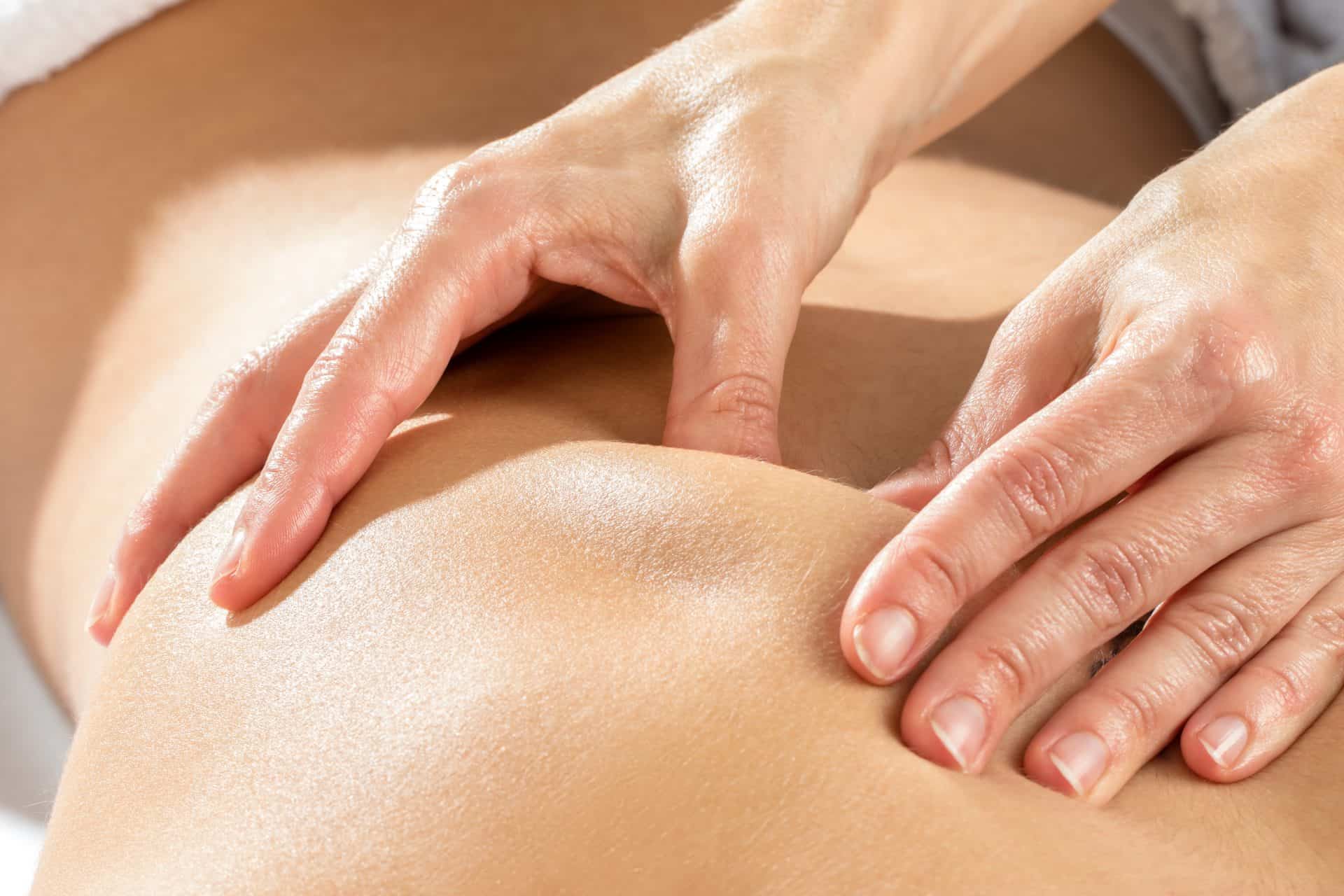Deep tissue Massage



What is Deep-Tissue Massage?
Deep tissue massage is a type of massage therapy that focuses on the deeper layers of muscles and connective tissue. It utilizes deep pressure and slow strokes to target specific areas of tension and discomfort.
During a deep tissue massage, the massage therapist will use a combination of direct pressure and friction across the grain of the muscles to break up adhesions and knots. This can be intense, but the pressure can be adjusted to ensure the client’s comfort.
Unlike Swedish massage, which focuses on relaxation and general tension relief, deep tissue massage is more therapeutic in nature. It is often used to treat chronic pain and muscle tension, such as that caused by repetitive strain injuries, postural problems, or sports injuries.
One of the primary benefits of deep tissue massage is the release of muscle tension and pain. The deep pressure used during the massage can help break up adhesions and knots in the muscles, allowing for an improved range of motion and less pain.
Another benefit of deep tissue massage is improved posture. When muscles become tight and overused, they can pull the body out of alignment, leading to poor posture and increased pain. By releasing tension and restoring proper muscle function, deep tissue massage can help improve posture and reduce pain.
In addition, deep-tissue massage can also promote relaxation and reduce stress. When muscles are tense and overworked, they can trigger the body’s stress response, leading to increased heart rate, blood pressure, and cortisol levels. By reducing tension and promoting relaxation, deep-tissue massage can help reverse this process and promote a sense of overall well-being.
Overall, deep-tissue massage can be an effective treatment for chronic pain and muscle tension and can provide a therapeutic, relaxing massage experience for those seeking relief from a range of physical issues.
What are the benefits of Deep tissue Massage?
Deep tissue massage uses deep pressure to target muscle tension, providing pain relief, reducing inflammation, improving posture, enhancing overall well-being, and benefiting athletes and those with sedentary lifestyles.
- Pain Relief
- Improved Posture
- Reduced Inflammation
- Stress Reduction
- Improved Athletic Performance
- Enhanced Overall Well-being







